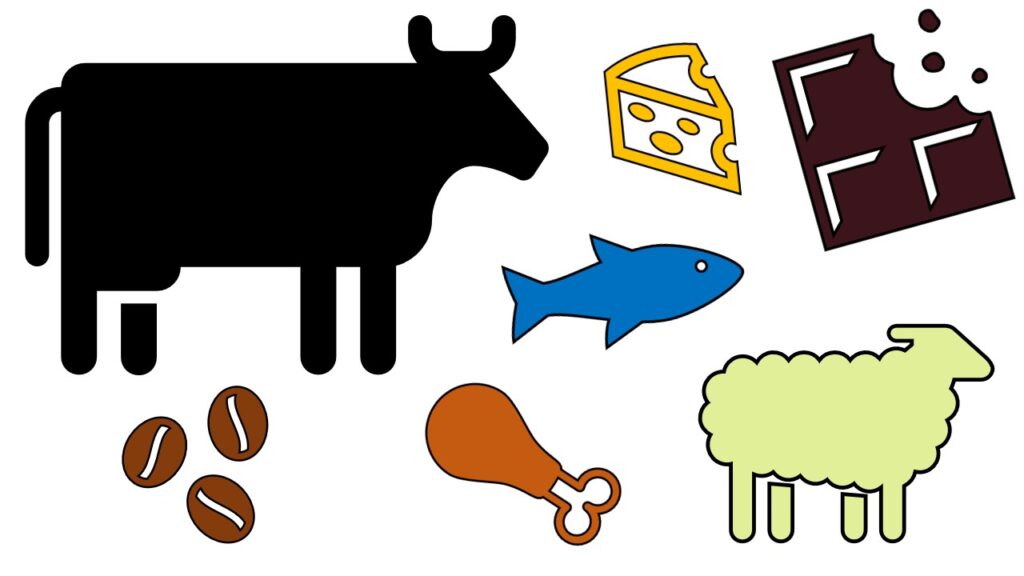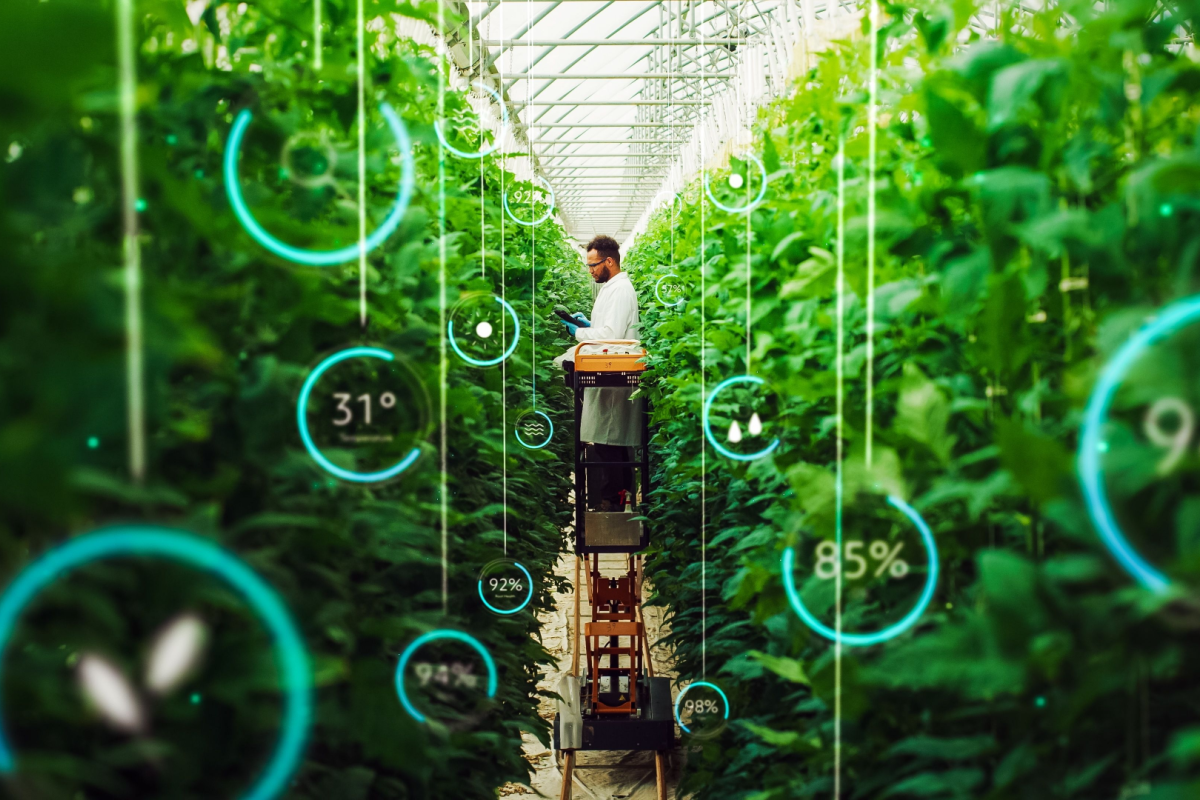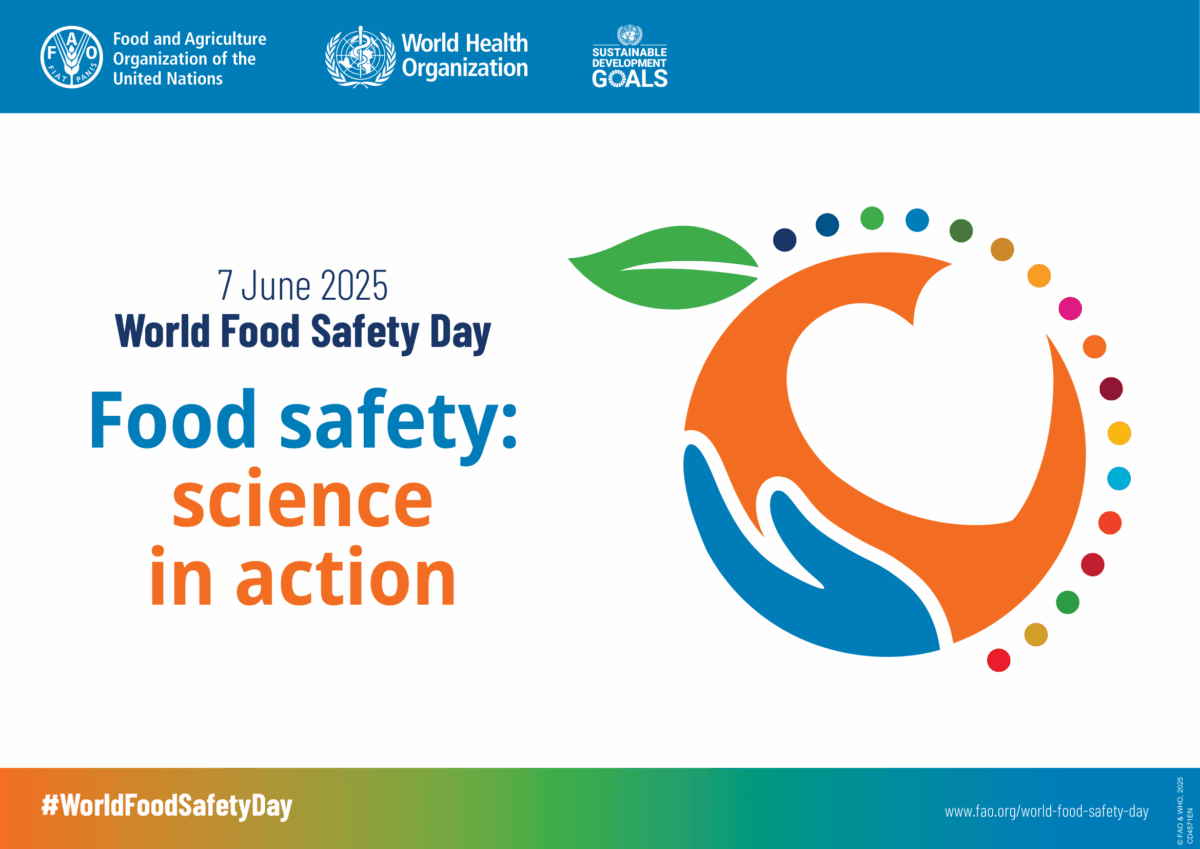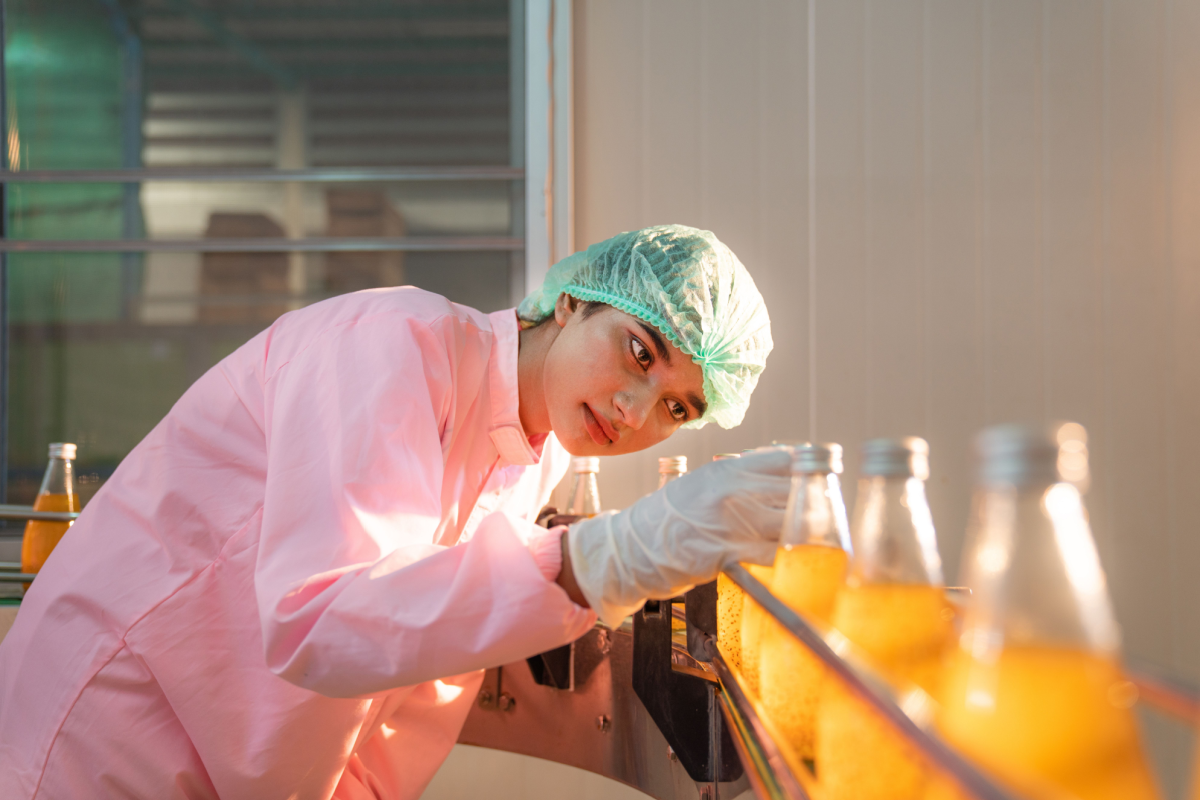Our dietary choices have a significant environmental impact, with agriculture accounting for almost 30 percent of worldwide greenhouse gas (GHG) emissions. The use of pesticides and fertilizers in food production is also a major contributor to pollution and ecological damage. But which foods rank as the top 10 worst foods for the environment?
To illustrate the environmental toll of various foods, let’s uncover the top 10 worst foods for the environment based on their GHG emissions and water usage. This ranking utilizes data from Poore and Nemecek and Our World in Data, highlighting the significant role food and agriculture play in carbon emissions, water consumption and land use.
The following foods are ranked based on carbon dioxide equivalent (CO2e) metrics, a universal metric used to compare the warming effects of different GHGs, like methane and nitrous oxide, by equating them to the amount of CO2 with an equivalent warming impact.
1. Beef
Beef tops the list of the top 10 worst foods for the environment, according to CO2e metrics, generating a remarkable 99 kg of CO2e for every kg of meat produced. Raising cattle for beef is highly resource-intensive, requiring significant amounts of land, water and energy. Not to mention, cows emit methane through their digestion, a gas with a warming potential 27 to 30 times greater than CO2 over a century.
Related: World Food Day 2023: Theme, Significance and How to Get Involved
2. Dark Chocolate
Next to beef, but with a lesser impact at 47 kg of CO2e per kg produced, is dark chocolate. The significant emissions from dark chocolate primarily result from land use changes, like deforestation, which disrupt the balance of GHG emissions and lower the Earth’s ability to absorb CO2. It’s important to note that animal-based products tend to have a higher emission intensity compared to plant-based foods.
3. Lamb and Mutton
The Environmental Working Group (EWG) found that producing one pound of lamb generates more emissions than an equivalent amount of beef. Yet, lamb and mutton are not widely consumed in the US. With an annual per capita consumption of roughly one pound, lamb is not a significant part of the American diet. However, considering lamb’s 40 kg of CO2e emissions per kg produced, substituting beef with lamb won’t make a notable difference in reducing one’s environmental food footprint.
4. Beef (Dairy)
Beef makes a second appearance on the list of top 10 worst foods for the environment, but this time, it’s for dairy production. At 33 kg of CO2e emissions per kg produced, climate advocates have emphasized that decreasing dairy intake, especially cow milk, is vital in the fight against global warming.
5. Coffee
At 29 kg of CO2e emissions per kg produced, coffee is the second worst non-animal carbon emitter. Notably, coffee’s environmental impact is largely due to transportation. Countries that produce coffee beans, such as Vietnam and Brazil, are often distant from major markets like the US. Transporting coffee beans over long distances, either by air or sea, requires substantial fuel, leading to significant carbon emissions. Additionally, the deforestation of land for coffee bean cultivation further increases its carbon footprint.
6. Farmed Shrimp
Shrimp production, with an average of 27 kg of CO2e per kg produced, has a higher carbon footprint than most other seafood, emitting roughly double the GHGs compared to salmon farming. When accounting for land conversion for new shrimp ponds, its emissions can even surpass those of beef production.
7. Cheese
At 24 kg of CO2e emissions per kg produced, cheese may do as much environmental harm as some kinds of meat. As mentioned in spots number one and four on the list of top 10 worst foods for the environment, cheese requires considerable resources due to the environmental impact of raising cattle. Additionally, the production of feed for these animals contributes to climate change and the waste produced by cows affects both water and air quality.
8. Farmed Fish
Fish farming is often touted as a sustainable alternative to wild fish capture and other types of animal agriculture, yet it wasn’t originally established with conservation principles in mind. At 14 kg of CO2e per kg produced, the key factors of the carbon footprint of farmed fish are fuel usage and processing. Fish that are transported to distant locations for processing and then shipped again for sale result in higher GHG emissions.
9. Pork
Pig farming, despite appearing less energy-intensive, has a high carbon footprint, largely due to the methane produced by pigs during digestion. At 12 kg of CO2e per kg produced, the handling of manure is another contributing factor. The energy needed to manage the large volumes of manure produced by pigs also leads to carbon emissions. Improving manure management practices could be a key strategy in reducing GHGs associated with pork production.
10. Poultry
Last on the list of the top 10 worst foods for the environment is poultry, at 10 kg of CO2e per kg produced. Intensive poultry farming results in emissions that affect multiple environmental compartments, such as air, water and soil. The production of waste, including poultry litter and manure, often surpasses the quantity required for fertilizing nearby agricultural land. This excess can lead to overuse, posing a significant risk to the quality of soil and water.
If you want your company to be featured on Xtalks.com, please email [email protected].












Join or login to leave a comment
JOIN LOGIN